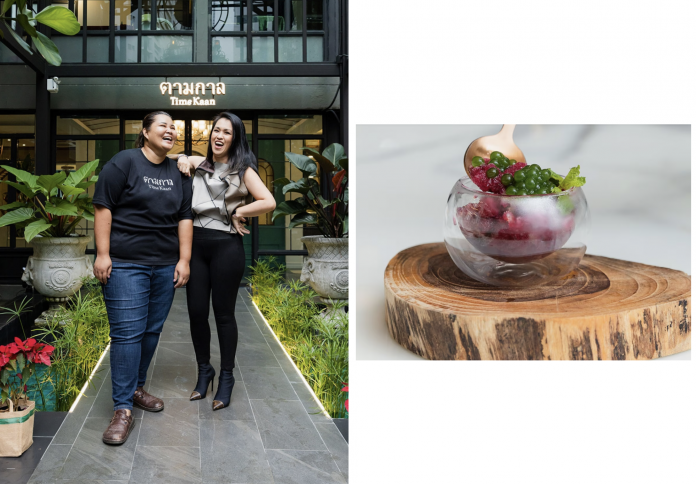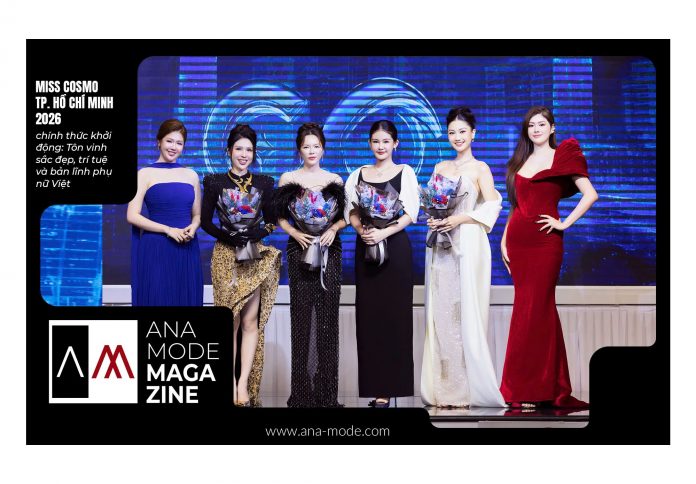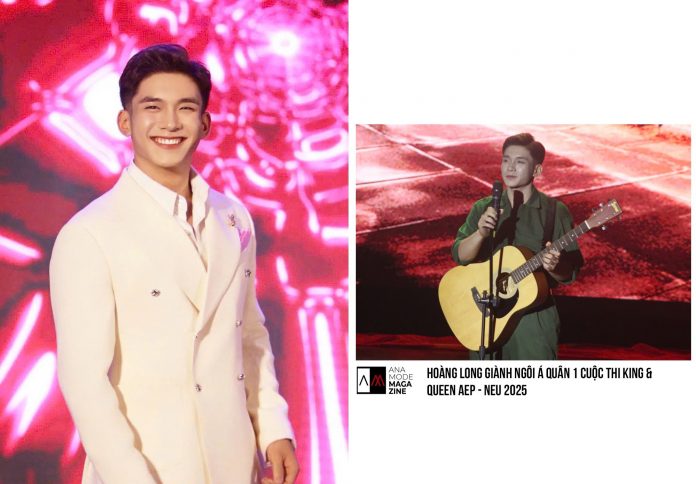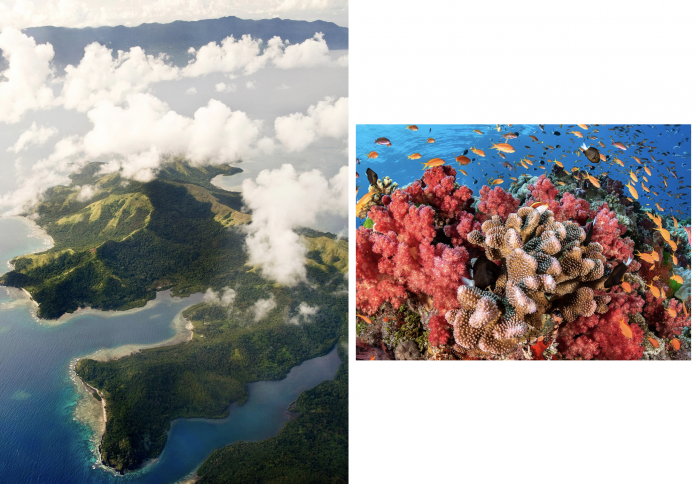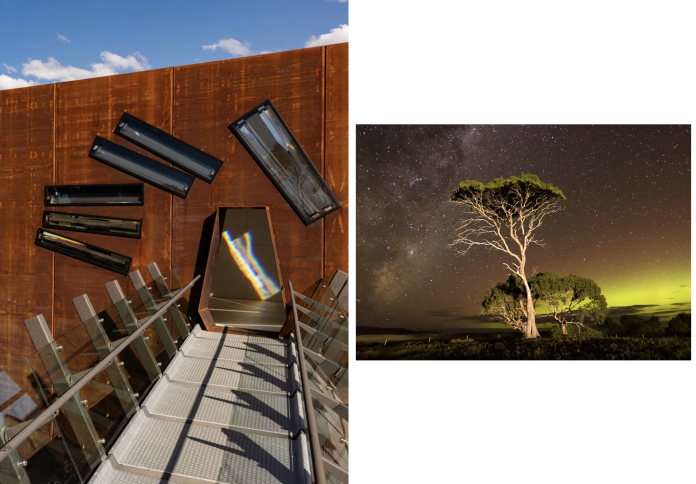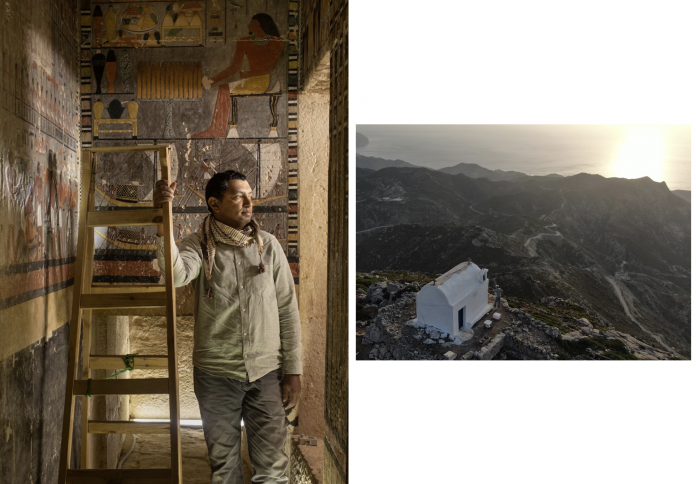Bangkok, a city perpetually defined by its electric modernity, is also home to quiet revolutionaries committed to preserving its deepest cultural roots—not in a museum, but on a plate. The fine-dining establishment Time Kaan is the epicenter of this endeavor, transforming the concept of “authentic Thai food” from a static idea into a dynamic, chronological journey. Its mission, which translates literally as “according to time,” involves digging through centuries of forgotten history. Chefs scour ancient manuscripts, diplomatic records, and travelers’ journals—documents that describe dishes dating back over a millennium to the Ayutthaya Era and even earlier. The challenge is immense: to take flavors designed for ancient royal or aristocratic palates and make them relevant and exciting for the modern diner. This practice requires a unique balance of rigorous historical scholarship and boundary-pushing culinary artistry, ensuring that the forgotten chronicle of Thai repast is not only preserved but gloriously resurrected.
The Archival Approach to Authenticity
The foundational philosophy of Time Kaan lies in its dedication to historical sourcing, setting it apart from restaurants that merely offer modernized interpretations of well-known classics.
The impetus behind the restaurant is a realization that true culinary authenticity in Thailand is not confined to the dishes we know today, but is scattered across a vast, untapped body of historical text. Co-owner Tripradap Wangwongwiwat and the team function less like chefs and more like culinary archaeologists, meticulously extracting recipes from archival sources. These source materials—which include everything from royal kitchen inventories to accounts written by foreign consuls to Siam—provide precise snapshots of what people were eating in different eras, sometimes as far back as 1,200 years ago. This process means that every single item on Time Kaan’s tasting menu can trace its lineage back to a specific, documented historical event or period.
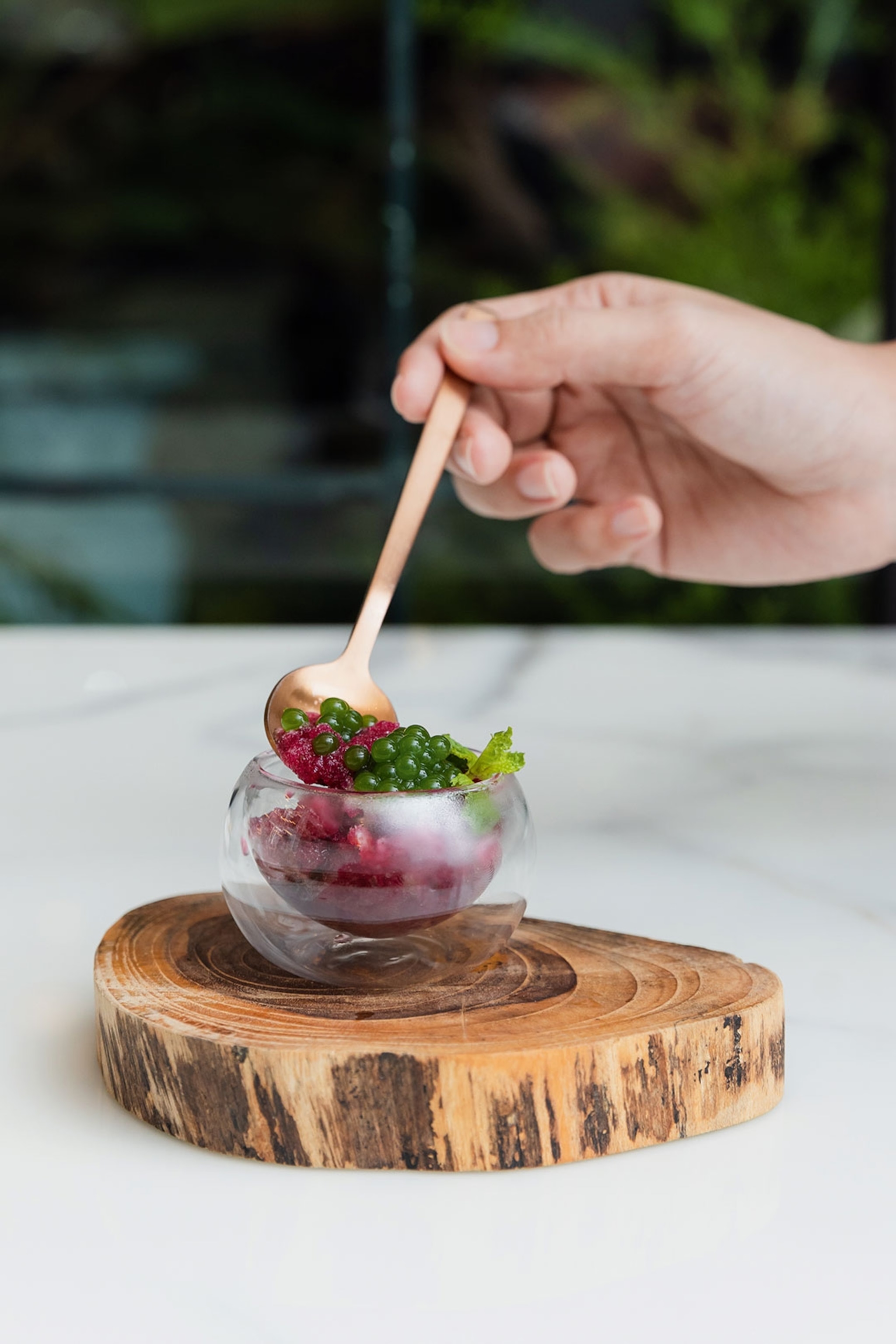
This scholarly approach is what defines the restaurant’s concept of authenticity. It is a tacit acknowledgment that food culture is fluid, and what was palatable centuries ago may seem bland or unbalanced to contemporary taste buds conditioned by modern agricultural products and global flavor profiles. By relying on historical data, Time Kaan establishes an unimpeachable base line—the dish is not an invention, but a revival. This rigorous dedication to the past provides the narrative framework for the entire dining experience, where every bite is accompanied by the story of its origin, transforming the meal into a cultural lesson told through texture and flavor.
The Chef’s Dual Culinary Equation
The transformation of ancient text into modern gastronomy is the responsibility of the kitchen, led by Chef Pornprom Laomanutsuk (Chef Pro), who employs a distinct two-step culinary process.
The first step in Chef Pornprom’s kitchen is an act of historical fidelity: she must cook the dish precisely according to the original instructions and list of ingredients found in the source material. This step is critical for understanding the baseline flavor profile and the inherent limitations of historical Thai cuisine. Often, as the chef notes, the results can be too subtle, too bland, or simply unbalanced for a twenty-first-century palate. Historical Thai food, before the advent of readily available chili peppers and modern seasoning methods, often relied on a milder, more delicate array of flavors that would not satisfy the contemporary diner’s demand for high-impact sensory experiences.
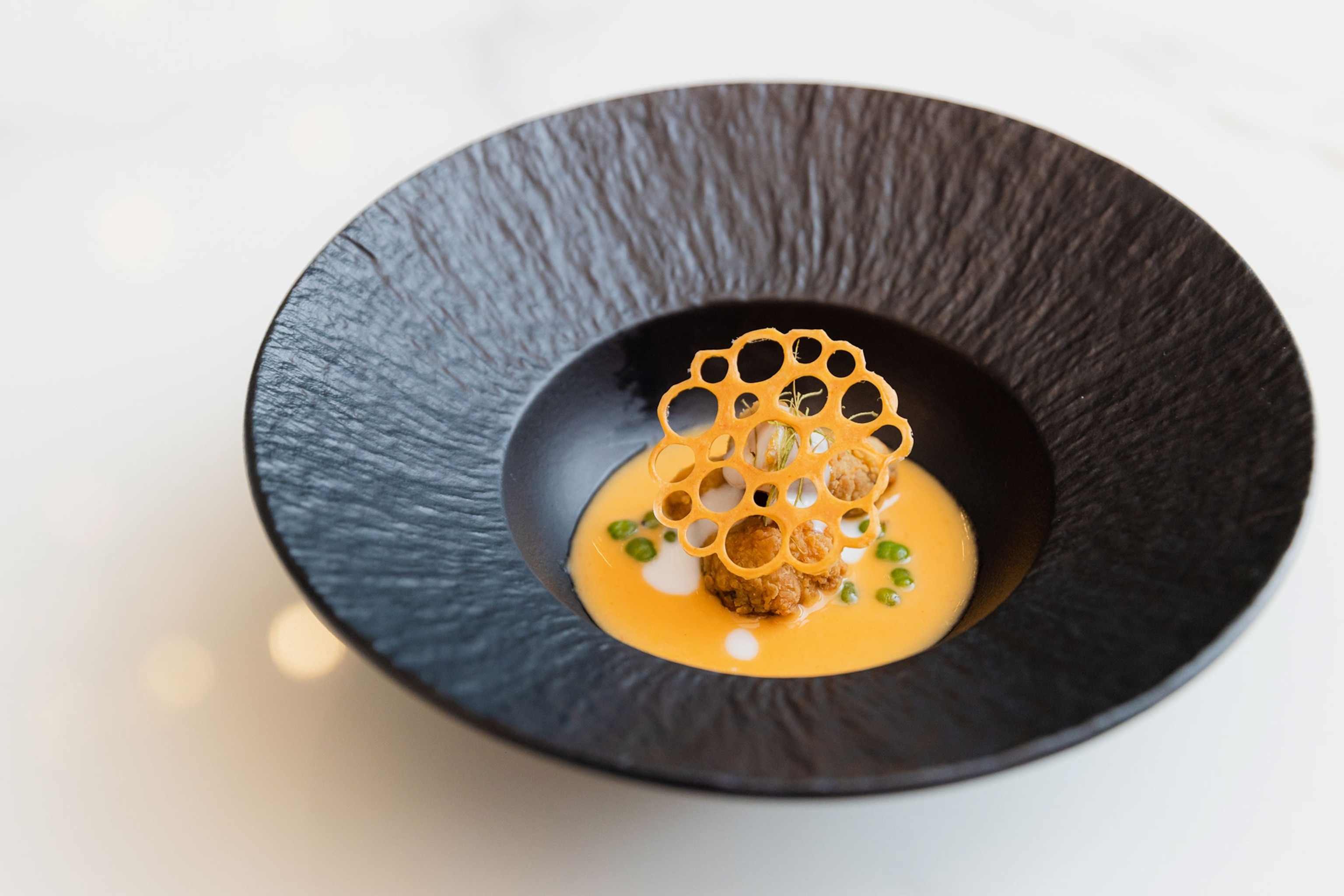
The second and more creative step involves introducing a contemporary twist to the authentic base. This is where Chef Pornprom’s expertise and experience—which includes working in prestigious fine-dining kitchens—comes into play. She uses modern techniques, refined ingredients, and precise layering of textures to elevate the dish, ensuring it retains the spirit and core flavor of the past while appealing to modern tastes. The original cooking methods and fundamental flavors are retained, but elements are introduced to modernize the dishes, giving them the complexity, vibrance, and finesse expected of a high-end degustation experience. This dual-sided approach—loyalty to the past coupled with innovation for the present—is the core engine driving Time Kaan’s unique concept.
Revived Relics: A Journey of Forgotten Dishes
The 14-course menu at Time Kaan is structured as a chronological sequence, presenting diners with dishes that were once mainstays of Thai aristocracy but have since faded into obscurity.
The journey often begins with an aperitif, such as a fermented rice drink inspired by a 700-year-old manuscript left by a Chinese consul to Siam. This historical libation serves to gently cleanse the palate and set the historical tone for the meal that follows. Moving forward in time, the menu may feature the Crispy Rice Noodles with Crab, a savory creation that was once a popular food served to guests in 19th-century aristocratic households. The modern rendition achieves complexity through layering—combining blue crab leg, chives, deep-fried rice vermicelli, and a fish-sauce caramel—to deliver an array of textures and a rich depth of flavor that honors its luxurious origins.

Other courses showcase the chef’s technical skill in reinterpreting regional and common-era dishes. An example is the inventive use of off-cuts or specific regional preparations, such as a dish featuring deep-fried fish roe with chu-chi curry cream. The chu-chi (a type of thick, red, creamy curry) is traditionally known for its aromatic richness, and here it is applied to a lesser-used protein part (fish roe) to create a dish that is both deeply traditional in flavor profile and startlingly modern in its presentation and texture. By showcasing these specific, historically relevant dishes, Time Kaan ensures that the stories of Thai culinary evolution are actively retold, making food history deliciously accessible.
The Chronicle of a Culinary Narrative
Dining at Time Kaan is designed to be an immersive, multi-sensory experience where the narrative is as important as the food itself, forging a deeper connection between the guest and Thai culture.
The restaurant, situated in a lovely two-storey house in Bangkok’s Sukhumvit district, provides an intimate setting for this historical voyage. The complete 14-course tasting menu is structured as a chronological narrative or “Time travelling through the chronicle of Thai repast,” guiding diners through the history of the region. This is more than a sequence of courses; it is a cultural text where the historical context behind each plate is carefully revealed, allowing the guest to understand the social and political forces that shaped what they are eating. This approach elevates the meal beyond mere sustenance into a form of cultural engagement.
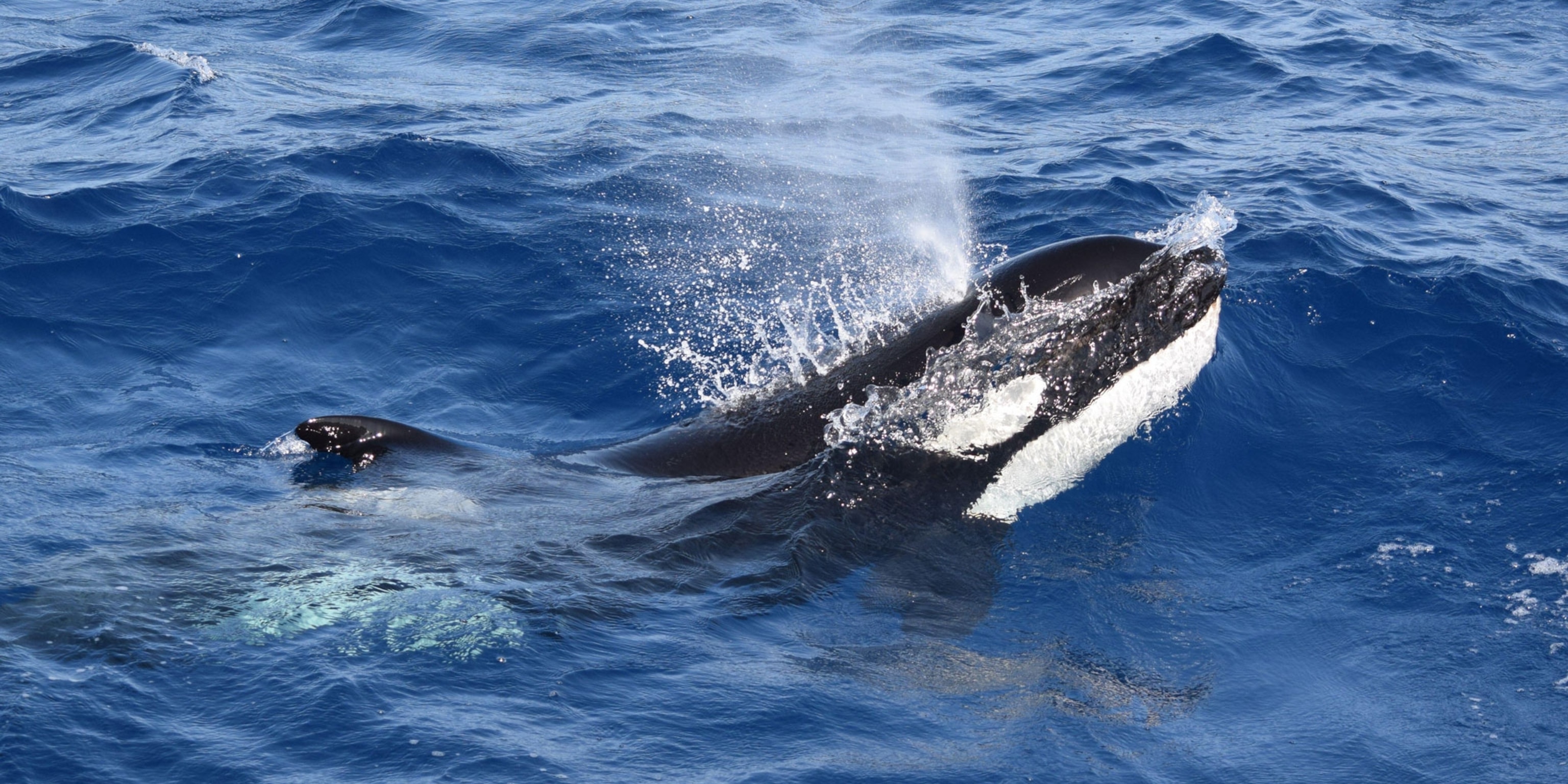
The fine-dining setting, complete with available wine and juice pairings, serves to frame this ancient cuisine in a contemporary light, giving these forgotten dishes the respect and attention they deserve. By reviving these relics, Time Kaan contributes significantly to the preservation of Thai heritage. It proves that the quest for authenticity does not mean clinging to the past verbatim, but rather understanding it so deeply that one can reimagine it for the future. The result is a memorable dining experience that stirs up forgotten Thai stories and solidifies the restaurant’s claim as a true authority on the historical and evolving complexity of Thai gastronomy.
